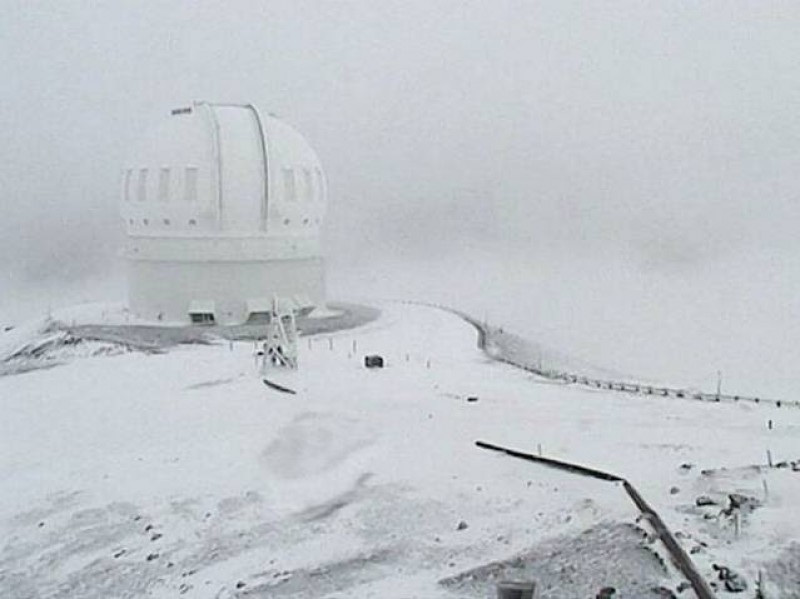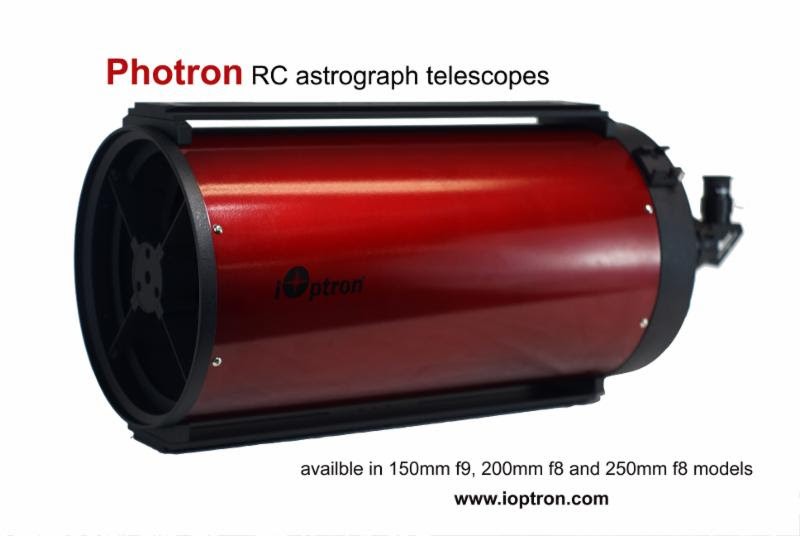
 Winter in the Northern hemisphere is a great time for celestial observation. The nights start earlier and last longer. A bucket full of spectacular and interesting "winter" objects appear. Some of the most stable and clear skies occur in many places. Winter is arguably the best season to get out and use your telescope. However, there is a galactic sized "BUT" for many regions, especially high latitudes and elevations. It's cold, and in many cases dangerously cold.
Winter in the Northern hemisphere is a great time for celestial observation. The nights start earlier and last longer. A bucket full of spectacular and interesting "winter" objects appear. Some of the most stable and clear skies occur in many places. Winter is arguably the best season to get out and use your telescope. However, there is a galactic sized "BUT" for many regions, especially high latitudes and elevations. It's cold, and in many cases dangerously cold.
Not all regions are not affected by winter temperatures equally; our brothers and sisters to the south do face some "evening" cooling and "cold". However those terms are relative; let's say in southern Arizona, a hooded sweatshirt and light pair of gloves may suffice through most winter evenings. However in southern NH (where I am), a hoodie and light gloves won't even cut it inside a warming hut. As for our friends in the Canadian provinces well let's say not many of us face clear skies at -20(f).
The key to enjoying the winter night's sky in the not so temperate latitudes is "dressing for success". Throw fashion out the window (it's dark anyway) function is all that matters.
First, Take care of your body's core. Wearing 3 or 4 moderate layers, on one's torso is far more effective than 1 heavy coat. Materials matter too, cotton my feel "comphy"; however any perspiration rapidly diminishes warming properties. Wool and synthetics perform the best under cold conditions. Core heat is also maintained by insulating your neck, a scarf or two can be a game changer. And you must top it all off with a warm chapeau! Especially covering ones ears can add greatly to keeping you warm.
Now with an optimized core strategy, it's time to address the extremities. First, by insulation your core, you have already begun to win the war at your extremities. There are no "vital" organs in any ones hands or feet. The human body is well aware of this, and when it comes to warmth for survival the body chooses the areas containing those organs every time. Now with the core secure, the body has no issue in transferring heat to the extremities. Even so, covering arms and legs with layers is a wise strategy to remain comfortable for longer durations. Finally choosing warm and dry boots as well as mittens, or gloves, both with inner layers completes the process (wool socks are invaluable).
Finally, be selective where you set up. There are many reasons even on warm evenings for choosing a location that is sheltered from wind gusts or breezes. However, wind chill is real and avoiding even that occasional winter gust can have a big impact on your comfort for the observing session.
Dress for success this winter, and enjoy the spectacular sights and skies of this season.
iOptron News
Photron by iOptron Ritchey-Chrétien telescopes, Now available in complete telescope/ mount packages. http://www.ioptron.com/category-s/145.htm
CEM60 reviewed by Back Yard Astronomy https://youtu.be/fLxU62hhDQ8
Electric focuser for Ritchey-Crétien telescopes now availible
http://www.ioptron.com/product-p/8451.htm
Learn more about Photron telescopes

Source: Ipotron News